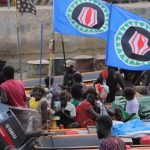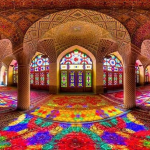Saint-Laurent-du-Maroni may look like a quiet town along the Maroni River today, but it was once the main gateway to French Guiana’s notorious penal system. French Guiana is an overseas territory of France, located on the northeast coast of South America, and it remains part of France today.
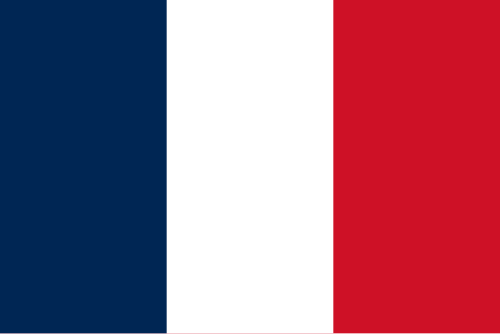

The French government chose this remote territory as a prison site because it was isolated, difficult to escape from, and far from the mainland. Saint-Laurent-du-Maroni, in particular, was selected for its location on the Maroni River, which made it easy to transport prisoners from Europe by ship and then send them onward to nearby islands or labour camps in the interior.
Table of Contents
What was the Camp?

The Camp de la Transportation was the main reception and administrative centre for prisoners sent from France, where new arrivals were processed, registered, assigned work, and prepared for transfer to other penal sites. Yet it was more than just a transit point; many inmates stayed there for long periods, living and working within the camp, especially those subject to the “forced residency” rules that kept them in French Guiana long after their official sentences ended. In this way, the camp became both the gateway and a functioning prison at its core.
Among the most well-known places were Île Royale and Devil’s Island, part of the Salvation Islands, a small group of islands off the coast of French Guiana. These islands were chosen for their remoteness and strong surrounding currents, which made escape extremely difficult. Île Royale housed most prisoners, providing accommodations, a hospital, and administrative offices, while Devil’s Island was reserved for political prisoners and those considered particularly dangerous.
Visitors today can explore Île Royale by finding a tour in Saint-Laurent-du-Maroni, which takes you to the island to see the ruins. A visit to Devil’s Island is included in our Guyanas Tour with a boat ride from the mainland that takes around 45 minutes to 1 hour, depending on sea conditions.
The most notorious prisoner: Papillon.
Henri Charrière was born on 16 November 1906 in Saint-Étienne-de-Lugdarès, France. In 1931, he was convicted of murdering a pimp, a crime he always denied, and was sentenced to life imprisonment and ten years of hard labour. He gained the nickname “Papillon” (“butterfly” in French) from a butterfly tattoo on his chest.

Charrière arrived at Saint-Laurent-du-Maroni, the Camp de la Transportation, and later claimed in his memoir to have been sent to Devil’s Island. Over many years, he made nine escape attempts, often being captured and returned to the camp. His final escape came in 1944, when he fashioned a raft from bags of coconuts and floated to freedom. He eventually made it to Venezuela, where he settled and began a new life.
About two years later, in 1946, the Camp de la Transportation was officially closed, ending its role in French Guiana’s prison system.
In 1969, Charrière published his memoir Papillon, recounting his time in the camp and his escapes. The book was adapted into the 1973 film “Papillon”, starring Steve McQueen. Years later, he returned to French Guiana and scratched his name into the floor of his old cell, leaving a lasting personal mark.
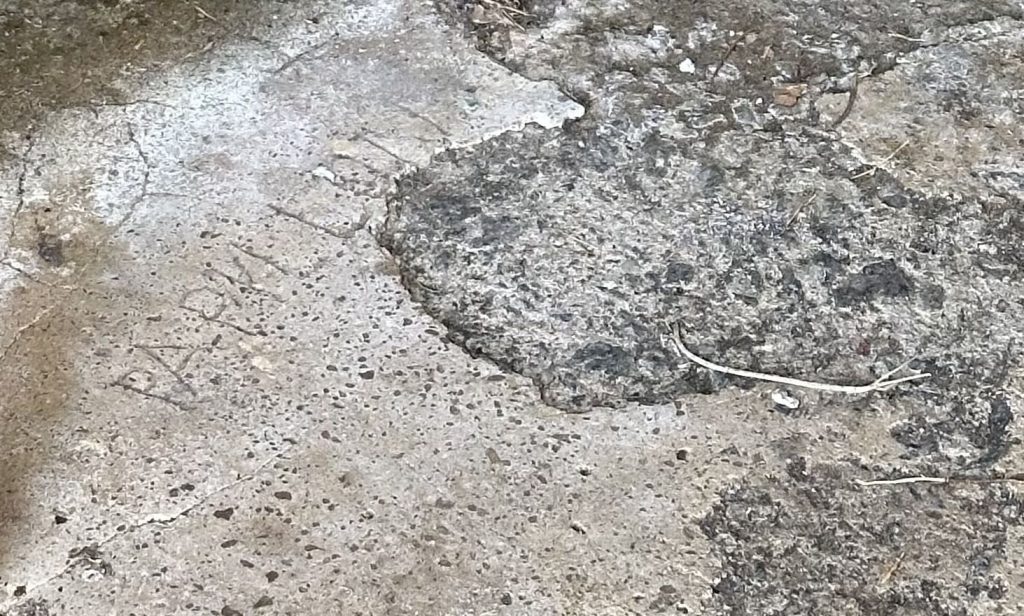
What is it like to visit?
Visiting the Camp de la Transportation is straightforward. Tickets cost €6 for adults, and guided tours usually last about an hour, running most mornings and afternoons.
Inside the camp, you can see the cell blocks, hospital, and administrative buildings. Many original features remain, including cell bars, iron doors, and shackles. There’s also a railway wagon, part of the old Decauville railway system, which was used to transport materials and prisoners between different parts of the camp.
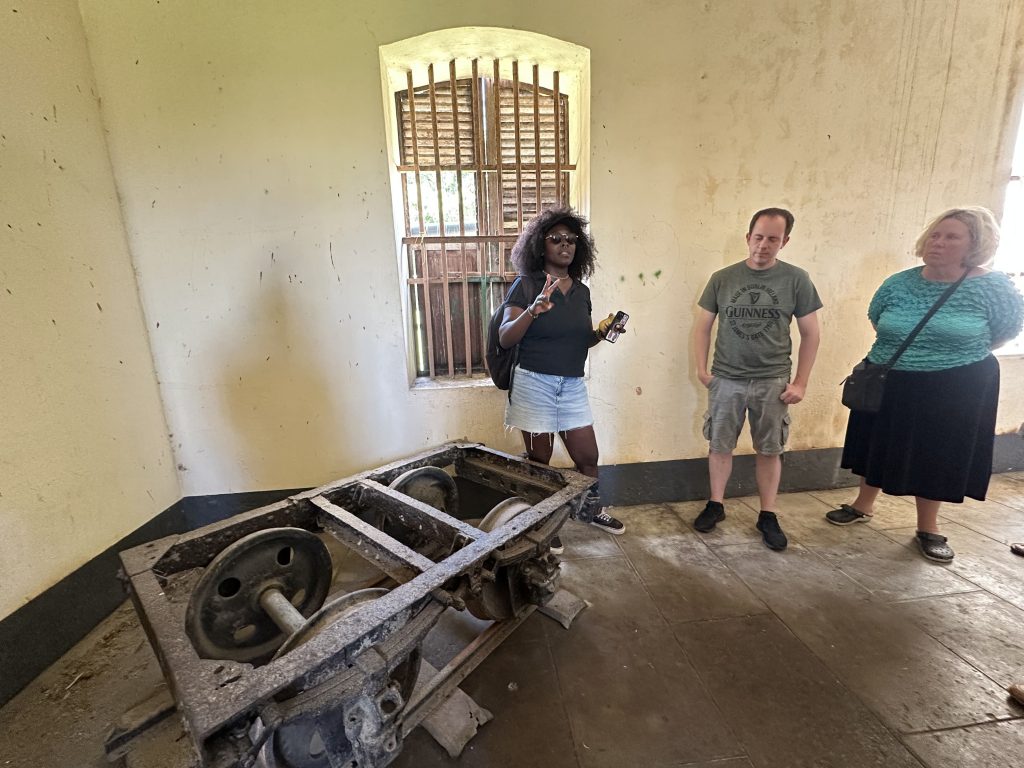
Guides explain how prisoners were processed, the work they were forced to do, and the overall structure of the camp, giving a picture of how it was operated.
How do I get there?
Saint-Laurent-du-Maroni sits on the western edge of French Guiana, right on the Maroni River near the border with Suriname. Most visitors reach the town from Cayenne, the capital, about a 3.5–4-hour drive by car or bus. While it is possible to travel along the Maroni River from smaller communities, overland transport is generally the easiest option.
To reach Cayenne, you can fly to Cayenne – Félix Éboué Airport, the main international airport in French Guiana. There are direct flights from Paris, and from the airport, it’s easy to take a shuttle, taxi, or bus into the city before continuing to Saint-Laurent-du-Maroni.
Conclusion
Visiting the Camp de la Transportation is an opportunity to understand a piece of history that shaped French Guiana. Seeing the cell blocks, hospital, and administrative buildings gives insight into the lives of the prisoners and why this remote location was chosen.
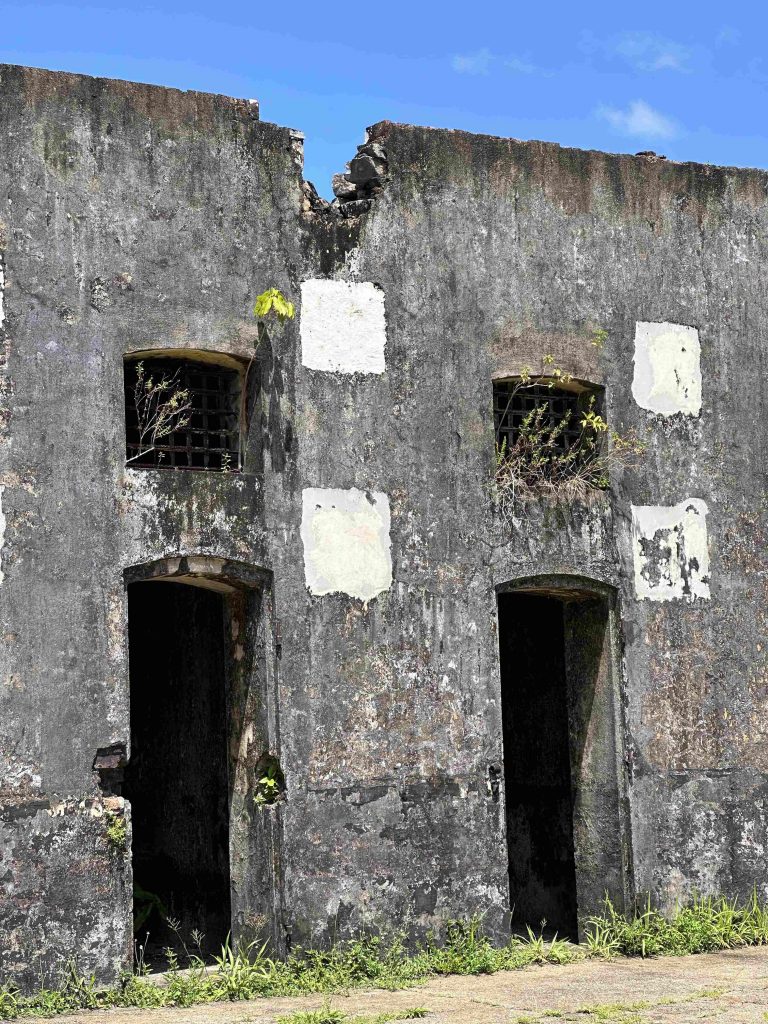
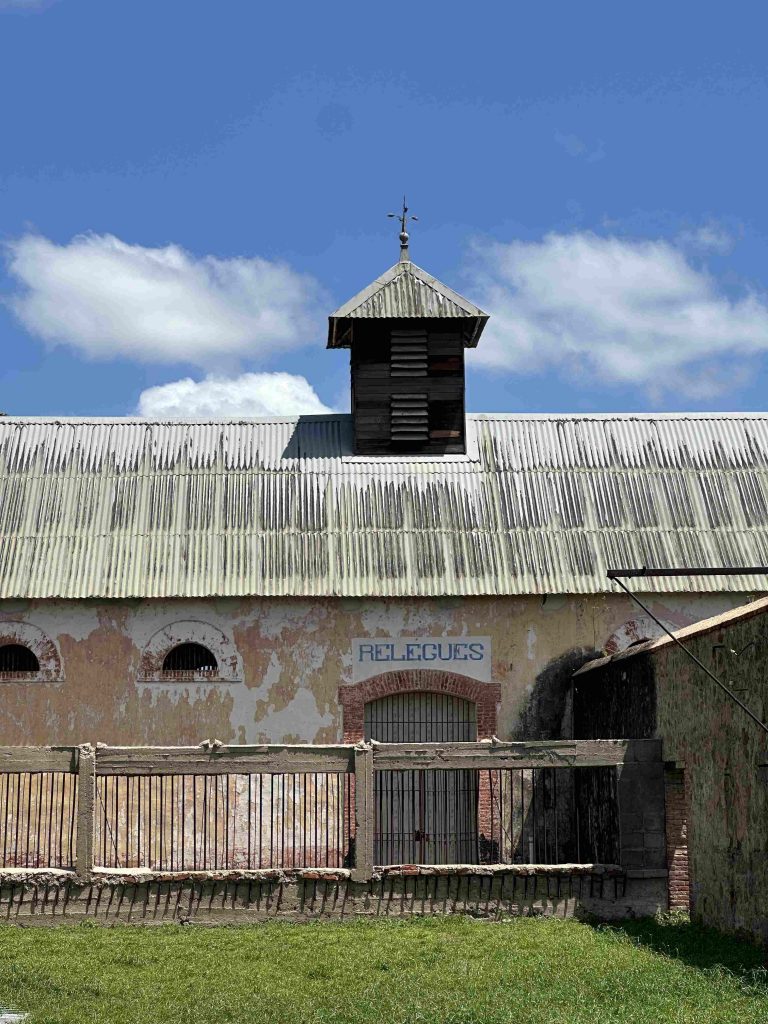
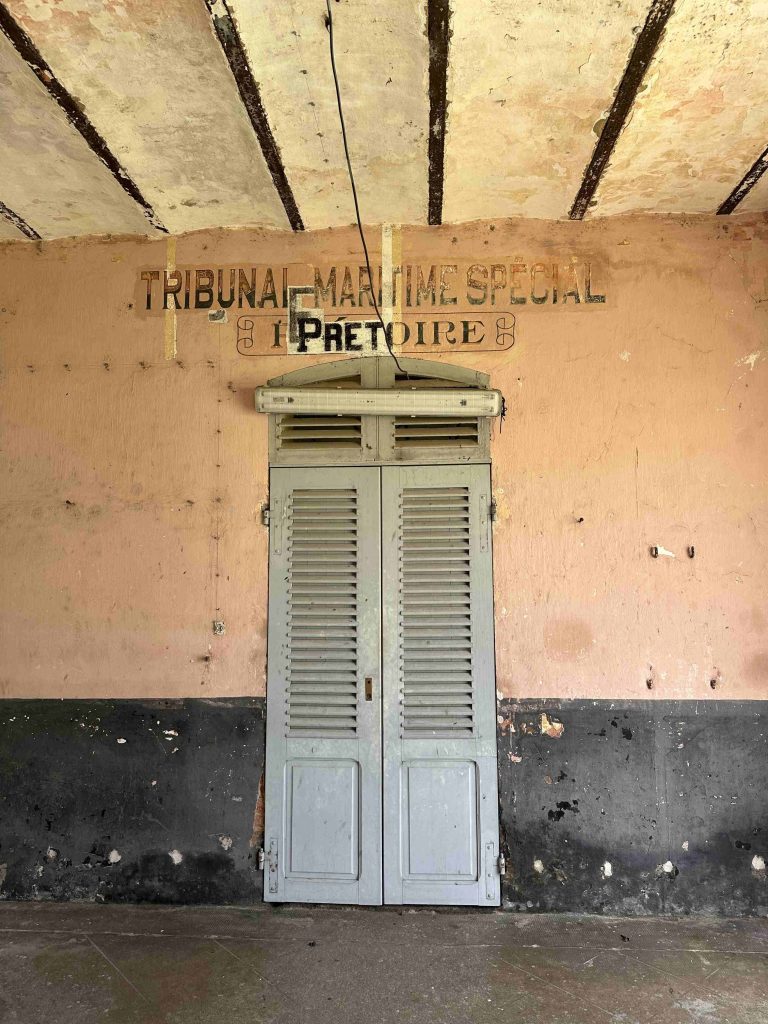
The camp’s history, the stories of those who were imprisoned there, and the logistical system that connected Saint-Laurent to the islands help visitors appreciate the realities of the past. For anyone exploring French Guiana, the camp offers a meaningful and educational experience that connects history to the landscape you can visit today.
Click to check our Guyanas Tour.




